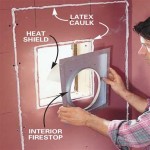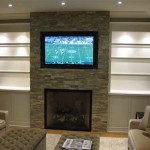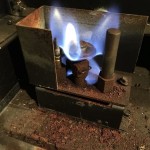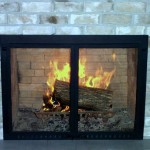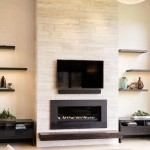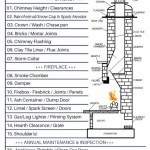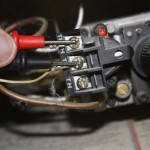Why Does My Ventless Gas Fireplace Smell Like Kerosene?
Ventless gas fireplaces offer convenience and ambiance without the need for a chimney or ductwork. However, sometimes these fireplaces can emit an unpleasant odor that resembles kerosene. This smell can be disconcerting and raise concerns about potential safety hazards. Understanding the reasons behind this odor is crucial for addressing the problem effectively. This article will explore the common causes of a kerosene-like smell from ventless gas fireplaces, offering insights into their potential origins and solutions.
1. Incomplete Combustion
One of the most common causes of a kerosene-like smell from a ventless gas fireplace is incomplete combustion. When gas doesn't burn completely, it releases unburned byproducts, including carbon monoxide and other odoriferous compounds. These byproducts can create a noticeable smell that often resembles kerosene. Factors that can contribute to incomplete combustion include:
- Insufficient Oxygen: Ventless fireplaces rely on circulating air within the room for combustion. If the room is poorly ventilated or the fireplace is operating in a tight space, there may not be enough oxygen available for complete burning.
- Dirty Burner or Pilot Assembly: Build-up of soot, dust, or debris on the burner or pilot assembly can disrupt the gas flow and hinder efficient combustion.
- Low Gas Pressure: A decrease in gas pressure can reduce the amount of fuel available for combustion, leading to incomplete burning.
2. Improper Installation or Maintenance
Improper installation or lack of regular maintenance can also contribute to a kerosene-like odor. When a ventless gas fireplace is not installed correctly, it can create a situation where exhaust gases are not properly vented or where there is inadequate airflow for combustion. This can result in the accumulation of unburned gases within the fireplace and the release of odoriferous byproducts into the surrounding environment.
Regular maintenance is crucial for ensuring safe and efficient operation of ventless fireplaces. This includes:
- Annual Inspection: Hiring a qualified technician to inspect the fireplace annually can help identify any potential issues, including problems with the burner, pilot assembly, or venting systems.
- Cleaning: The burner and surrounding area should be cleaned regularly to remove soot and dust buildup that can hinder combustion.
- Checking for Leaks: Any gas leaks should be promptly addressed by a professional. Leaks can create safety hazards and contribute to the release of odoriferous byproducts.
3. Fuel Additives
Some gas suppliers add odorants to natural gas to make it easier to detect leaks. While these odorants are generally harmless, they can sometimes create a smell that resembles kerosene, especially when the fireplace is not burning efficiently. The odorant concentration can also vary depending on the supplier and the type of gas used. If you suspect that fuel additives are contributing to the smell, it may be helpful to contact your gas supplier for information about their odorant practices.
Understanding the potential causes of a kerosene-like smell from a ventless gas fireplace enables homeowners to take appropriate steps to address the problem. Addressing incomplete combustion through proper ventilation and maintenance, ensuring proper installation, and considering fuel additives can help eliminate the unpleasant odor and restore the enjoyment of a cozy fireplace experience.

Vent Free Fireplace Odor

Why Does My Gas Fireplace Smell Like Kerosene Hunker

Vent Free Fireplace Odor

How To Prevent Vent Free Fireplace Odor Hunker

Why Does My Gas Fireplace Smell Dreifuss Fireplaces

A Ventless Gas Fireplace Doesn T Belong In Your Home Greenbuildingadvisor

Why Do Ventless Gas Logs Emit Odors The Chemistry Behind It Embers Custom Fireplace S

Why Do Ventless Gas Logs Emit Odors The Chemistry Behind It Embers Custom Fireplace S

Why Your Gas Fireplace Stinks Chimney Experts

What Is A Ventless Fireplace Doctor Flue Inc

